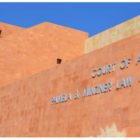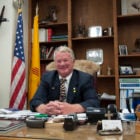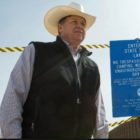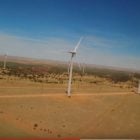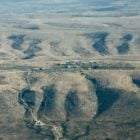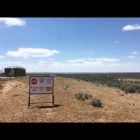2018 New Mexico Election
Martinez campaign brain McCleskey backs four Republican judicial contenders
|
The 2018 election will be pivotal for discerning the kind of imprint Gov. Susana Martinez— the first female governor of New Mexico and the first elected Latina governor in the United States — leaves on New Mexico policies and laws. There’s a good chance many of her priorities, if not her methods, will live on if her successor is Republican Steve Pearce. Not so much if Democrat Michelle Lujan Grisham moves into the Governor’s Mansion. How much she shapes New Mexico’s appellate court for the long term is another area worth watching. Six judges on the 10-member court are Martinez appointees.
